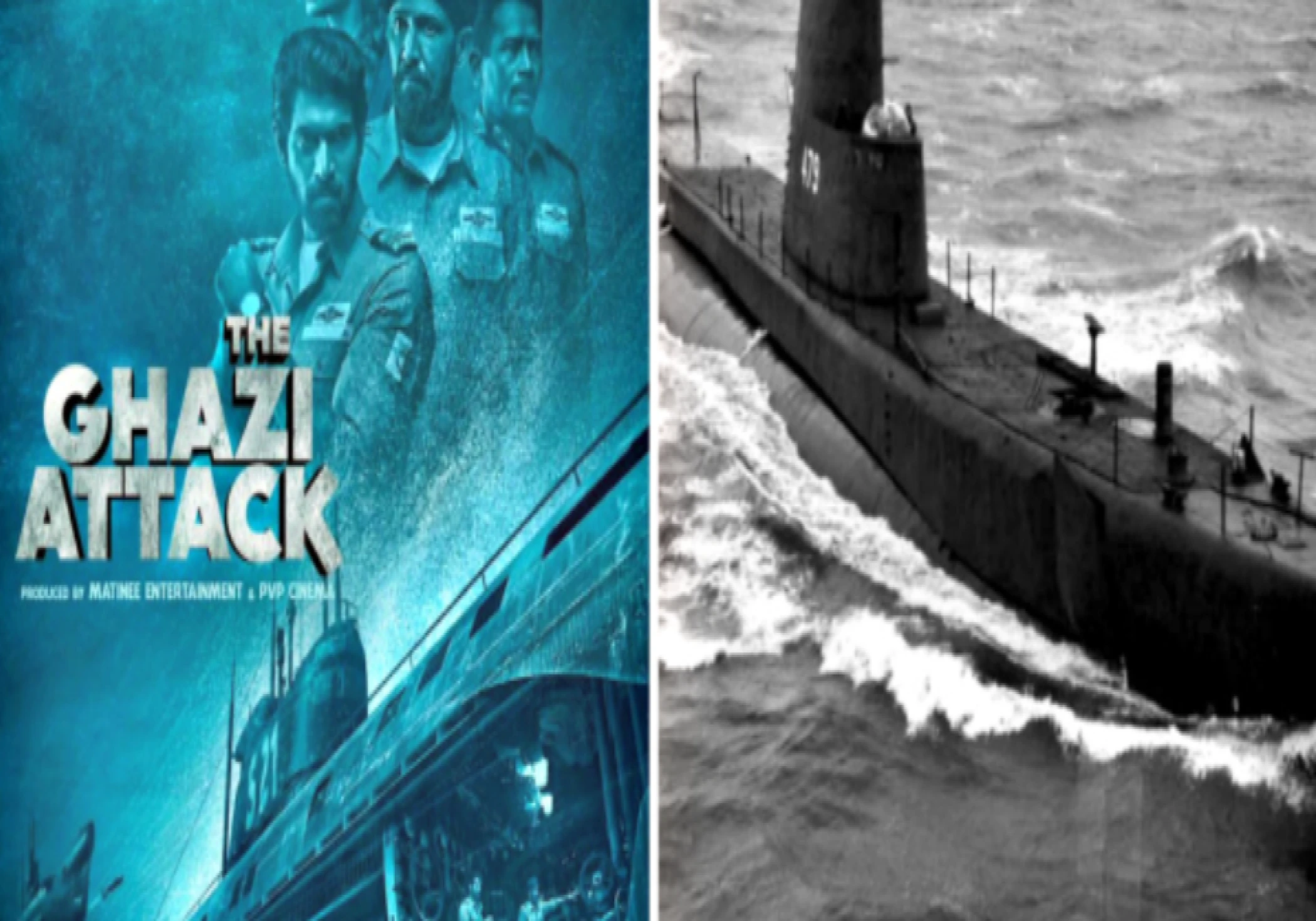
Visakhapatnam: In a groundbreaking revelation, the Indian Navy's Deep Submergence Rescue Vehicle (DSRV) has successfully recovered the wreckage of the famed Pakistani submarine, PNS Ghazi, along with the remnants of a World War II-era Japanese submarine, RO 110. The discoveries were made during the Milan 2024 exercise, marking a significant milestone in India's naval exploration capabilities.
The sinking of PNS Ghazi during the 1971 India-Pakistan war is a tale etched in naval history. The events surrounding this historic moment have been immortalized in the cinematic masterpiece, "The Ghazi Attack." The convergence of reality and reel has added a poignant layer to the recent recovery, making it more relatable to those who have witnessed the gripping narrative on the silver screen.
PNS Ghazi, a frigate-class submarine of the Pakistan Navy, mysteriously met its fate near Visakhapatnam, resulting in the loss of 93 Pakistani Navy personnel. The recent retrieval of its wreckage unveils the aftermath of the strategic maneuvers undertaken by the Indian Navy during the war, showcasing the courage and tactical brilliance that echoes in both historical records and cinematic storytelling.
Notably, the expedition off the Visakhapatnam coast also led to the discovery of the Japanese submarine RO 110, which had been sunk by the Royal Indian Navy and the Australian Navy during World War II. Resting on the seabed for over 80 years, this relic from the past adds another layer to the rich maritime history unveiled by the recent technological advancements in India.
Before 2018, India lacked the technology, such as the DSRV, required to locate and recover submerged artifacts, especially those from decades past. The newfound capabilities have opened a gateway to exploring the deep sea, enabling the retrieval of historical remnants that were once beyond reach.


